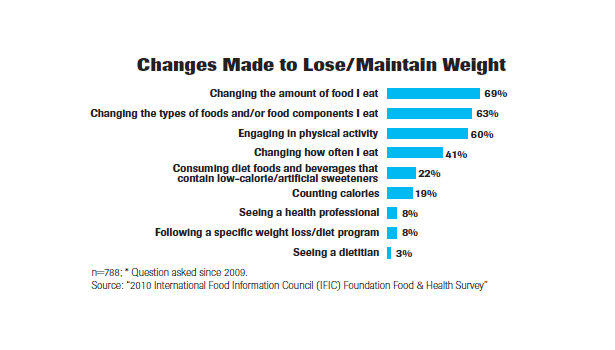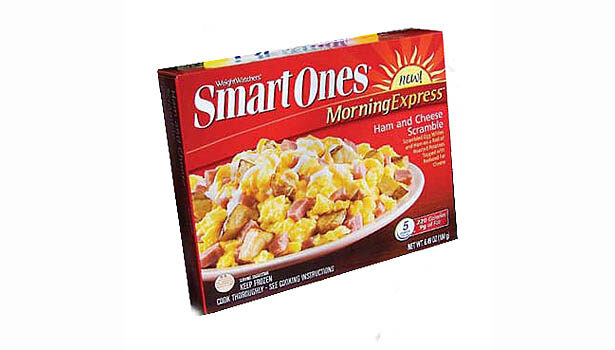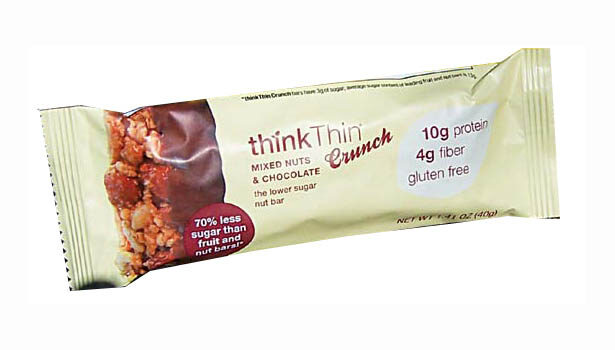and proteins to help with satiety.
The release of the 2010 Dietary Guidelines for Americans has planted consumers firmly in the midst of a hot year for product innovations and nutrition education; and, with more than 6 out of 10 Americans categorized as either overweight or obese, helping consumers manage their weight has become a priority for industry and health professionals alike. Findings from the “2010 International Food Information Council (IFIC) Foundation Food & Health Survey” demonstrate the majority of Americans are concerned about their weight, and 67% of Americans are making changes to improve the healthfulness of their diet, largely in an effort to lose weight. Researchers agree the American waistline is expanding, primarily because more calories are consumed than are burned, year after year. In addition to reducing calories, nutrient-rich food sources, including foods and beverages with added fiber and protein, offer multiple avenues for health professionals, industry and consumers to explore.
The Calorie Conundrum
While calories are paramount to weight management, findings from consumer research conducted by the Dietary Guidelines Alliance, a public-private partnership in liaison with the U.S. Departments of Agriculture and Health and Human Services, found that parents struggle with the concept of calories and look to nutrient-rich foods as most important to the healthfulness of their family’s diet. It is not just parents who struggle with calories; the “2010 IFIC Foundation Food & Health Survey” found that only 12% of Americans could correctly estimate the number of calories they need in a day. In fact, the number of Americans who can correctly estimate daily calorie needs has remained stable and relatively low since 2006.
Qualitative research conducted by the Alliance provides insights into this calorie conundrum. Many parents expressed frustration with having to count calories, saying that it is too time-consuming, while others stated that counting calories is too complicated, especially when cooking from scratch. There was also a belief among many parents that what one eats is more important than the amount of calories consumed. Most surprisingly, many consumers were skeptical that calories are just the latest in a long series of diet fads and were wary about jumping on board.
Despite consumer reluctance, during the May 2010 meeting of the Dietary Guidelines Advisory Committee deliberations, Linda Van Horn, Ph.D., chair of the committee, stated, “it is important for everyone to know their calorie needs.” A key recommendation from the 2010 Dietary Guidelines Advisory Committee Report, as well as the newly-released 2010 Dietary Guidelines for Americans, reinforces the importance of balancing calories in the diet with physical activity, so it will be essential to help Americans take the right steps to at least understand the role calories play in weight management.
Another Avenue for Managing Calories
The idea behind a healthful, balanced diet is to make food and beverage choices that provide the necessary amount and variety of nutrients, without exceeding the caloric needs required for age, gender, body size and activity level. The 2010 Dietary Guidelines for Americans include a key recommendation that Americans should shift their dietary patterns to include more nutrient-dense foods, especially those foods that contain nutrients that many Americans do not get enough of, such as calcium, vitamin D, fiber and potassium. Foods packed with nutrients are often referred to as nutrient-rich or nutrient-dense, meaning they have a lot of nutrients for the number of calories they contain.
The Alliance research found many parents believe that serving nutrient-rich foods is very important, when it comes to the healthfulness of their families’ overall diet, and that this could be an easy addition to family meals. However, when asked to name examples of nutrient-rich foods, fruits and vegetables were readily suggested by many parents; at the same time, many struggled to name more than one or two of these foods. Although examples of nutrient-rich foods are emphasized in MyPyramid, including whole grains and calcium-rich foods, like low-fat dairy products and protein sources (such as lean meats and fish, eggs, beans and nuts), it is clear that the term “nutrient-rich” is not commonly associated with a wide variety of foods by consumers. While highly nutritious foods may provide another avenue for helping Americans manage calories and improve health, additional efforts to educate Americans on the various sources of nutrient-rich foods (as well as actionable guidance on how to serve them inexpensively) are needed.
Weight Management: A Role for Protein and Fiber
Protein and fiber are both needed for good health and are part of a balanced diet. Research has suggested an expanding role for protein and fiber, when it comes to weight management. Studies have shown that both of these nutrients can help increase feelings of fullness, which may help with weight, by reducing overall calorie intake. Consumer research findings from the “2009 IFIC Functional Foods/Foods for Health Survey,” which looks specifically at consumer attitudes toward foods and beverages that can promote health, presents some intriguing findings related to protein, fiber and weight management.
According to the “Functional Foods/Foods for Health Survey,” the majority of consumers believe foods can provide benefits beyond basic nutrition. When asked specifically about foods and beverages related to weight management, 81% of adults believe foods and beverages can help contribute to a healthy body weight, and 73% of adults believe certain foods can provide a feeling of fullness for a longer period of time. Consumers were then asked about specific diet and health relationships, where a functional component was paired with a food source and a health outcome. When asked if they are aware that fiber and protein can aid in weight management and satiety, 88% of consumers said they were aware of this relationship to fiber, and 80% said they were aware of this benefit related to protein. Of those who said they were aware of these diet and health relationships, half of consumers said they were already consuming foods and beverages containing protein and fiber for these benefits, but still 42% of consumers say they would be interested in consuming foods and beverages for these benefits.
Generally, Americans who are more likely to consume foods and beverages for a specific benefit are those who believe they have a “great amount” of control over their health; report being in “excellent” health; are dietary supplement users; are single; and are 55 years and older compared to those 54 years and younger. Similar to calories and nutrient-rich foods, more education needs to be provided to help consumers take action to include more foods and beverages that contain protein and fiber in their diet, especially as an avenue for managing weight.
Weight Management Options Abound
There is no single solution for weight management that will work for all Americans. Just as the problem is multi-faceted, the solutions will be, too. These consumer insights related to calories, nutrient-rich foods, as well as fiber and protein, demonstrate that education remains integral to helping Americans manage their weight. Food technology also can be used in food production to improve Americans’ health, by reducing calories, sugar, saturated and trans fats, or changing the packaging of food to help manage portions.
Without a magic bullet to help Americans lose weight, outreach related to weight management should be coupled with communications that take calories and energy balance into consideration, as well as other strategies that consumers can use to manage weight. Such strategies include managing portion size, increasing physical activity, including more nutrient-rich foods in the diet and reducing consumption of solid fats and added sugars. A focus on one approach to weight management may not give consumers enough options. By working together to create a stronger knowledge base around weight management and providing a wealth of options that can aid in weight loss, the needle may begin to move toward helping Americans in their efforts to achieve a healthy weight. pf
* Note: Food photos chosen and provided by the editorial staff of Prepared Foods magazine.


